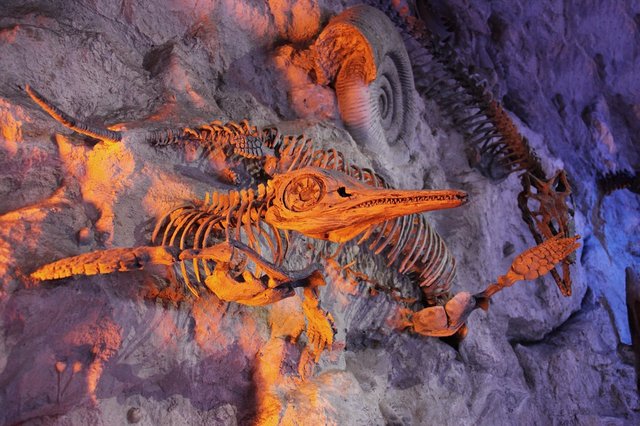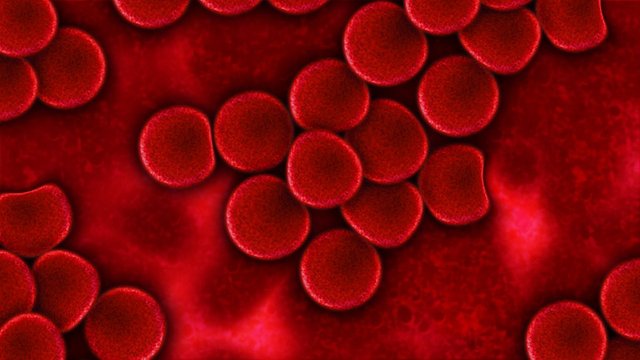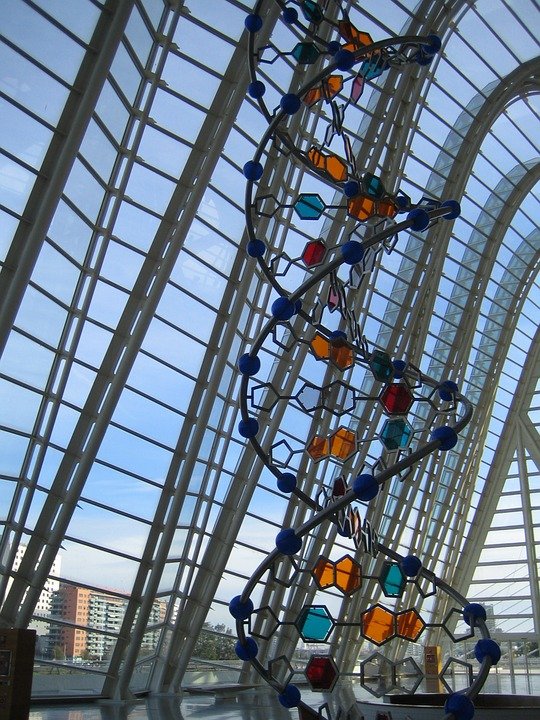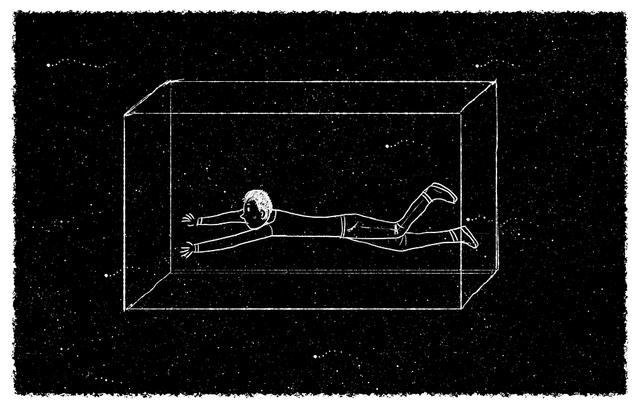Carbon Dating my Grandma - Dating Species
How do we know the story behind an organism? Is every living creature a cousin of another one?

"My grandma is so old, that we've to know her age by using carbon-14 dating". We laugh. Ba dum Ts!.
The joke is funny because it gets the complicity of the guests that know that the decay rate on that (the one that has a number 14 as mass, casually, it's totally unexpected for it to be called Carbon-14) is a constant; but, actually, it's funny because it's about my grandma.
She's not that old, she celebrated her 93th birthday a few weeks ago. Still sharp as a scalpel.
The problem is understanding how my grandma got here, and dating with carbon-12 only has a reach of about 60000 years, something that in evolutive scales is a rather short time, because to understand how the lifeforms that we know interrelate with others we need to go further back.

When we make our genealogical tree at school when we are little, our teacher asks us to go back to our grandparents, perhaps a grand-grandfather... if you know of one. But she won't be forcing you to go further back to a grand-grand-grandfather, that weird ancestor that used to hunt mammoths, or the invertebrate ancestors before; Slimy, barely multicellular; or even to the extreme of our unicellular predecessors that started this vice of "being alive and stay that way".
How do we look further back? Understanding the "chaos".
Peter changes couple pretty often. Ok, no, very often. So often, we can know what month we are at, by just looking at his current couple, in this way, September would be named "Mary", October "Laura" and November "Annie". In the early 60s, Linus Pauling and Emile Zuckerkandl met Peter in the shape of hemoglobin, the molecule in charge of transporting oxygen in our blood, and noted the several differences among amino-acids of different lineages in different critters was directly proportional to the time since they shared a common ancestor (we may call it "divergence"). The longer the time since two organism had a common ancestor, the more different the hemoglobins, those differences could be easily converted into "years".

Emanuel Margoliash also had a nice idea, simple yet beautiful. He was studying a protein named "cytochrome c", that appears in a bunch of individuals (People that follow my articles should already know that I love using the word "bunch" to describe large amounts... A bunch). Since it was everywhere, studying them in different species allowed him to compare critters as different as fish, birds, and humans. It is easy to understand what this implies if you compare it to a meeting with your kindergarten friends... 30 years later, and notice "how many things you've in common!" to talk about while you eat.
When you merge both ideas, you get the base of what is called a molecular clock. A practical geniality that had no explanation of how it worked until Motoo Kimura, a Genius from my point of view, that said that Darwin is cool, but there were things playing around at a molecular level that affect the Natural Selection.

Kimura studied DNA sequences and saw that they shift periodically, like the carbon-14, my grandma and Peter's girlfriends. The proteins that change the DNA fail (meh, they don't "fail", because without those "fails" we'd have no evolution, so, lets use "fail" as an euphemism) from time to time, and add a little typo. This error can be at a dangerous place, vital, or it may change a piece of DNA that translates into an identical protein or in a place of the genome that is not read a lot. If it's at a vital spot, obviously, the organism is dead, because it will get crushed by the Natural Selection. That change can also be positive (very few times, but it happens, because this characters aren't arranged randomly), and then the natural selection will be positive. The "thing" is the neutral changes. The changes, that change nothing. Those silent typos that simply stay there, floating, doing nothing and happen with a certain periodicity, we can read time by checking and counting those stacks changes.

So, we can pick unstable areas in a genome, that stack up a lot of typos in a short period of time and use that to compare two close species. In the same way, we can pick a very sensitive area, where a typo can be catastrophic, and that would change very little (actually, that would accumulate neutral typos very rarely; because natural selection is cruel in those cases, discarding them): at this "danger zones" is where we want to look at whenever we want to time very far in the past.
Molecular Clocks measure years, thousands, millions, depending on how important is the area of DNA you want to look into. Errors that are not errors. Changes, that change nothing, but show us something as rich as the history of thousands of millions of years of variability and selection that resulted in the lifeforms that we can trace back, today. Because a week is a really short time to do everything, especially if you take the Sunday to rest.

If you liked this post and its informal way of talking about sciences, please, follow me for more!
Leave a comment either for good or for bad reviews. I take everything as constructive, and I really appreciate the feedback, even from trolls (at least a troll read it before being himself!).
Copyrights:
All the previously used images are of my authory or under a CC0 license (Source: pixabay), unless openly stated.
All the Images created by me possess a WTFPL licencing and they are free to redistribute, share, copy, paste, modify, sell, crop, paste, clone in whatever way you want.
I upvoted for the title alone, that was funny as all get outs, thanks &renzoarg!
This is a nice post @renzoarg, you inspired me to comment more on peoples posts from our conversation last night. Maybe this way people can know that most of the time my votes are backed up with me actually reading their work. :)
Yes, it's always good to know that someone is reading, and not only compulsively upvoting.
Honestly I wish more people would leave comments. Even negative ones, at least it shows me they cared enough to respond with something.
A mere few make it to the part where I ask for that. It looks like asking for someone to troll is a troll deterrent.